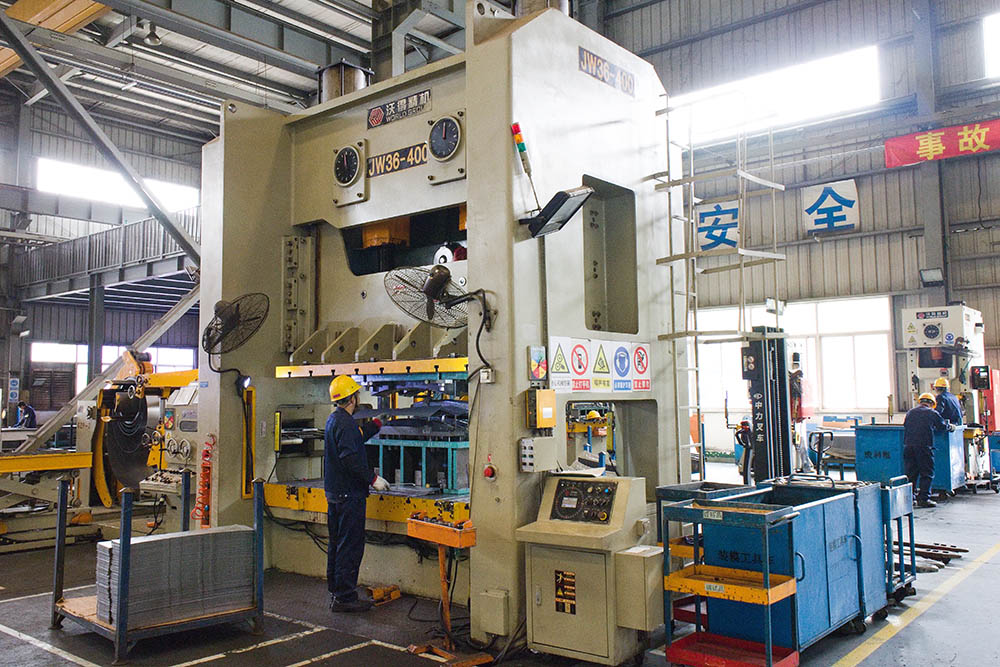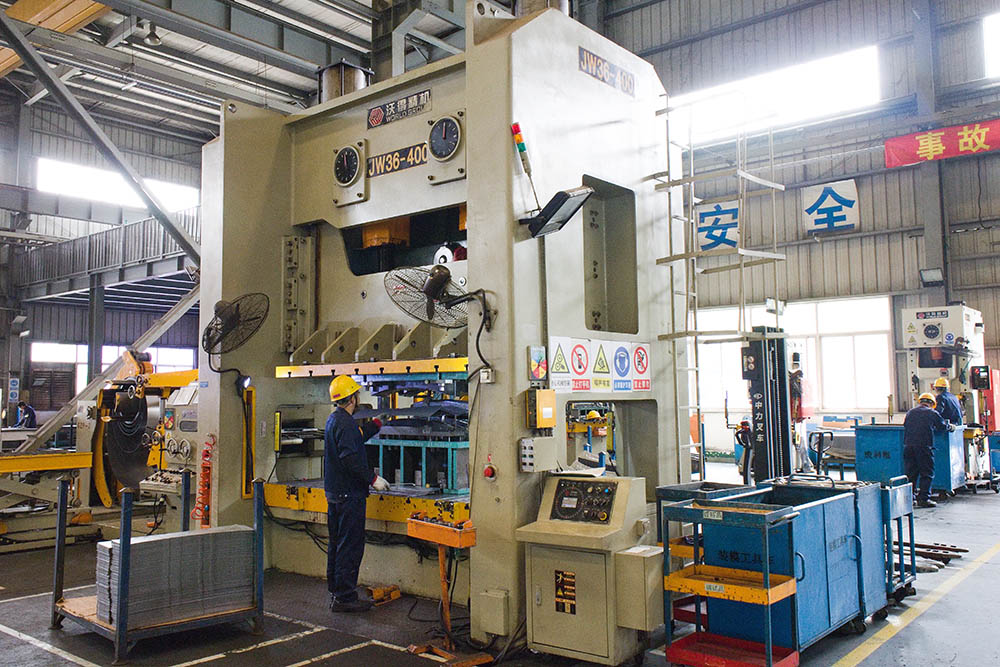Sheet Metal Forming and Die Design: Precision Engineering Behind Modern Manufacturing
Sheet metal forming is one of the most important processes in modern manufacturing, shaping the framework of countless products — from automobiles and aBehind every formed metal component lies a carefully engineered die design, which determines accuracy, consistency, and cost efficiency.Together, sheet metal forming and die design form the backbone of high-volume production and industrial innovation.

What Is Sheet Metal Forming?
Sheet metal forming refers to the process of deforming metal sheets into specific shapes without removing material, typically using mechanical force and dedicated tooling. Through controlled pressure and motion, the material is bent, stretched, or drawn into desired geometries while maintaining strength and surface integrity.
Common forming methods include bending, deep drawing, stretching, flanging, embossing, and rolling. Depending on design requirements, these operations can be performed individually or combined in automated production lines.
The Role of Die Design
At the heart of every forming process lies the die — a precision-engineered tool that defines the shape, dimensions, and surface finish of the final component. Die design is a critical stage that involves computer-aided modeling (CAD/CAM), simulation of metal flow, and selection of materials and clearances.
A well-designed die ensures:
Accurate and consistent product dimensions
Extended tool life and minimal maintenance
Optimized material flow and reduced spring-back
Higher production efficiency and lower cost
Modern die design also integrates finite element analysis (FEA) to simulate stress, strain, and deformation before manufacturing, reducing trial-and-error and accelerating production readiness.

Major Types of Forming Processes
Sheet metal forming processes are classified based on the type of deformation and tool movement:
Bending – Forming an angle or curve in the sheet using press brakes or dies.
Deep Drawing – Stretching a flat sheet into a hollow shape, such as a cup or housing.
Stretch Forming – Elongating the material over a die for large, smooth contours (e.g., aircraft panels).
Spinning and Flanging – Rotating and shaping circular sheets into cylindrical or flared profiles.
Embossing – Creating raised or recessed patterns for aesthetics or function.
Each process demands specialized tooling and die design to achieve precise and repeatable results.
Professional Services and Capabilities
Modern sheet metal forming service providers offer end-to-end solutions, combining advanced machinery, skilled engineering, and digital control. Capabilities typically include:
Custom die design and manufacturing for stamping, drawing, and bending.
Prototype and mass production for industrial and automotive components.
Material optimization using high-strength steels, aluminum, and alloys.
Automated forming lines with robotic feeding and sensor-based monitoring.
Comprehensive quality assurance using 3D measurement and inspection systems.
These integrated services ensure cost efficiency and consistency while reducing production cycles.

Advantages of Sheet Metal Forming
High Strength and Lightweight: Retains material integrity and reduces waste.
Excellent Repeatability: Ideal for high-volume, precision production.
Design Flexibility: Supports complex geometries and varied thicknesses.
Cost-Effectiveness: Low per-unit cost after die development.
Scalable Production: Suitable for both small batches and large-scale manufacturing.
The combination of forming and precise die design allows manufacturers to produce durable, dimensionally stable components with excellent surface quality.
Applications Across Industries
Sheet metal forming and die design play vital roles across multiple sectors:
Automotive: Body panels, chassis parts, brackets, and reinforcements.
Aerospace: Lightweight structural panels and components.
Appliances and Electronics: Enclosures, housings, and internal frames.
Construction: Metal roofing, panels, and decorative facades.
Machinery: Covers, tanks, and precision housings.
As global industries shift toward lightweighting and sustainability, forming technologies continue to evolve, focusing on new alloys and advanced simulation-driven die design.
Conclusion
Sheet metal forming and die design represent the perfect synergy between engineering precision and production efficiency.With innovations in automation, digital modeling, and material science, manufacturers today can achieve greater accuracy, speed, and reliability than ever before.As industries advance toward smarter and greener production, these processes remain the cornerstone of modern metal manufacturing — shaping the future, one component at a time.

